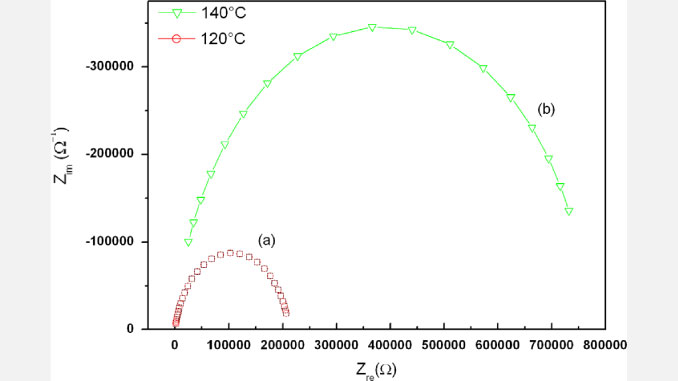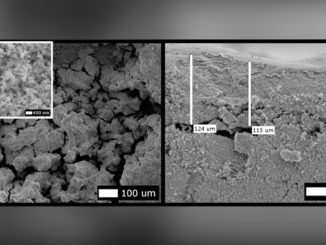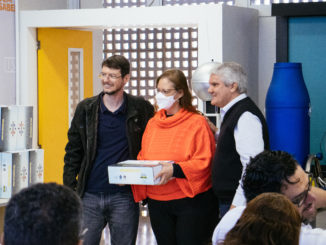
Writers: L.S.R. Rocha, C.R. Foschini, C.C. Silva, E. Longo, A.Z. Simões
Keywords: A. Powders; chemical preparation; B. Defects; D. ZnO; E. Sensors
Abstract: Good quality ZnO nanostructures were obtained by the microwave-assisted hydrothermal synthesis, at low reaction temperatures, using zinc acetate as the starting precursor. X-ray diffraction confirmed the crystallinity of the ZnO nanostructures, which resulted free of impurities. Field emission gun scanning electron microscopy analysis revealed that the ZnO nanostructures crystallized at 120 °C were more homogeneous and had a constant diameter along the entire wire length, exhibiting an ideal defect density that favors the gas sensing response. A new ozone gas sensor based on these nanostructures was evaluated at low exposure times (15 s) by recording the change in the film resistance. The ZnO nanostructures showed good sensitivity even at low ozone concentration (100 ppb), and fast response and short recovery time at 200 °C, demonstrating great potential for a variety of applications. Two main effects were observed: the first one is intrinsic to that of the sample, while the second is a consequence of the surface and interface complex cluster defects, which produce extrinsic defects.




